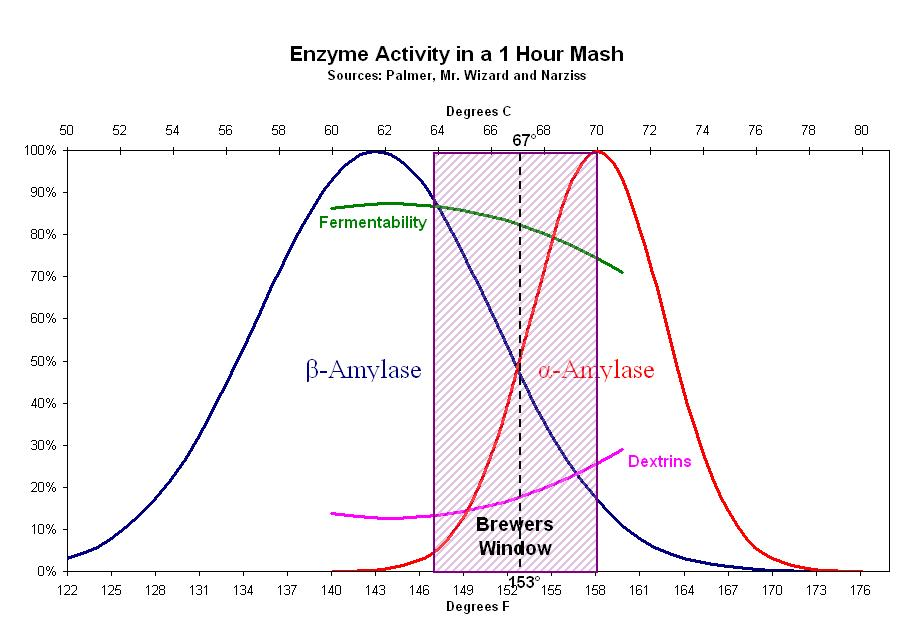OldSkrecz1
Member
- Joined
- May 26, 2020
- Messages
- 24
- Reaction score
- 5
Hello Everyone,
I was hoping that someone could help me out. I've been brewing for 15+ years now. I would consider myself an advanced brewer. But I am stumped right now. My last (4X) batches, have been stuck at 1.020.
current batch
10 Gallon
My current batch: Hazy IPA
25lbs of Briess 2row
1lbs of flaked oats
.5 40L
1lbs of sugar
Water was 50% RO and 50% filtered house water. added 2 teaspoons of Gypsum. Used 2 tbls of 5.2 PH stabilizer
Mashed at 152 for 45 mins, then 149 15 mins.. then mashed out @168.
Hops
2 oz of Apollo 20Min
1oz each Cryo Citra/Simcoe/Mosaic at whirlpool (30Mins)
2 teaspoons of yeast nutrient @15mins
Yeast - 1056 (2 packs) 4000ml starter on Stir plate. Also, yeast was 1 month old.
Aerated for 45 seconds, with a beer stone and O2 tank.
ended up getting 1.063 SG
right now it at 1.020 after a week.
I have a morebeer 12 gallon temp controlled conical fermenter. it was set to 68F the whole time.
Other things I did before this brew.
Calibrated my hydrometer and all kettle thermometers.
What do you guys think? What am I doing wrong? In the past I could get to 1.012, with no problem.
I was hoping that someone could help me out. I've been brewing for 15+ years now. I would consider myself an advanced brewer. But I am stumped right now. My last (4X) batches, have been stuck at 1.020.
current batch
10 Gallon
My current batch: Hazy IPA
25lbs of Briess 2row
1lbs of flaked oats
.5 40L
1lbs of sugar
Water was 50% RO and 50% filtered house water. added 2 teaspoons of Gypsum. Used 2 tbls of 5.2 PH stabilizer
Mashed at 152 for 45 mins, then 149 15 mins.. then mashed out @168.
Hops
2 oz of Apollo 20Min
1oz each Cryo Citra/Simcoe/Mosaic at whirlpool (30Mins)
2 teaspoons of yeast nutrient @15mins
Yeast - 1056 (2 packs) 4000ml starter on Stir plate. Also, yeast was 1 month old.
Aerated for 45 seconds, with a beer stone and O2 tank.
ended up getting 1.063 SG
right now it at 1.020 after a week.
I have a morebeer 12 gallon temp controlled conical fermenter. it was set to 68F the whole time.
Other things I did before this brew.
Calibrated my hydrometer and all kettle thermometers.
What do you guys think? What am I doing wrong? In the past I could get to 1.012, with no problem.




































![Craft A Brew - Safale S-04 Dry Yeast - Fermentis - English Ale Dry Yeast - For English and American Ales and Hard Apple Ciders - Ingredients for Home Brewing - Beer Making Supplies - [1 Pack]](https://m.media-amazon.com/images/I/41fVGNh6JfL._SL500_.jpg)
























